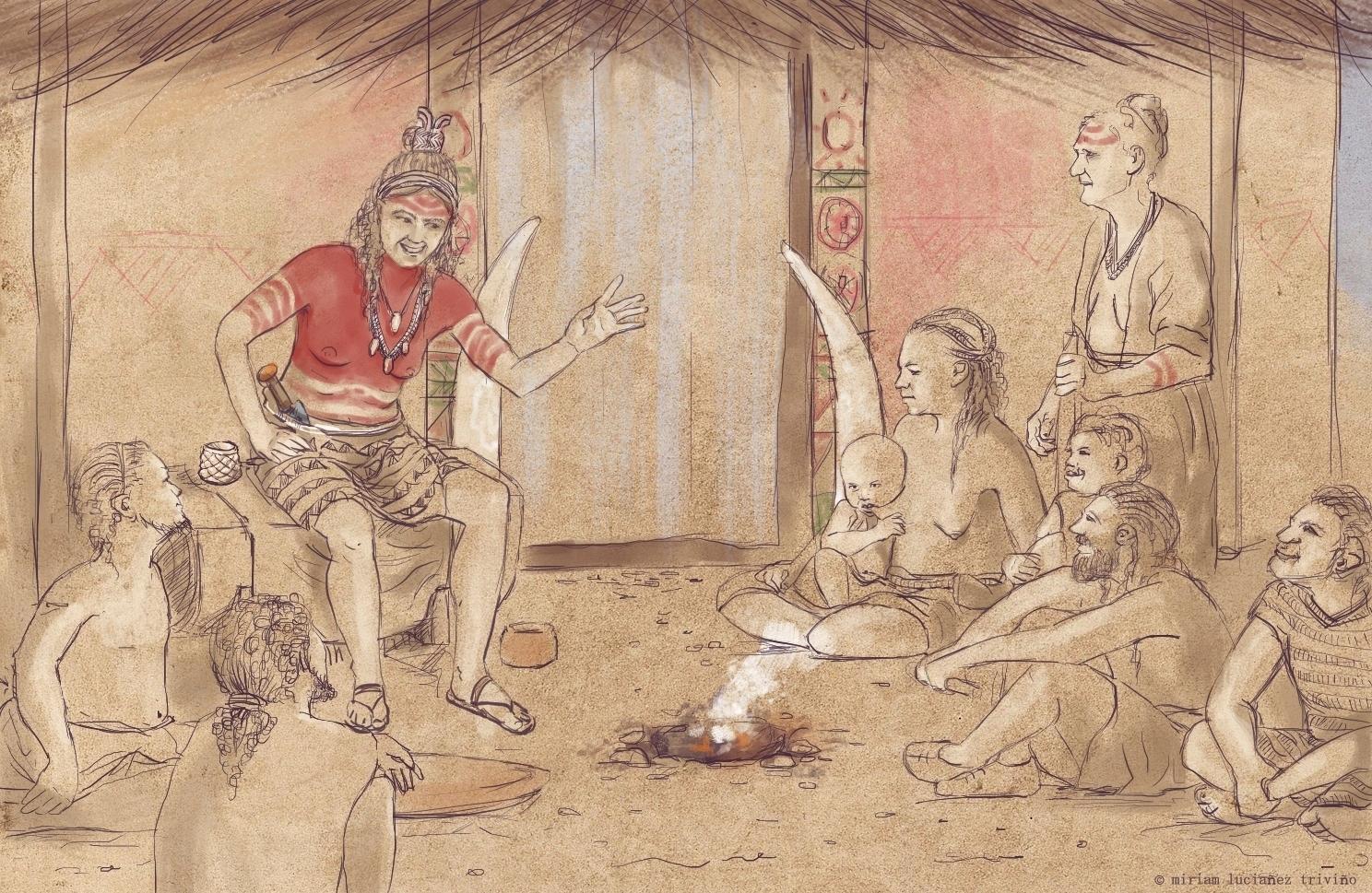
When archaeologists first discovered the 5,000-year-old ornate tomb in Spain, they assumed it was for a man. It held a rock crystal dagger, ivory tusks and other lavish items. But now they’ve determined the remains are those of a woman, and all it took was two teeth.
The researchers used a new method of determining sex that analyzes tooth enamel. This technique, developed about five years ago, is more reliable than analyzing skeletal remains in poor condition, according to their study published on July 6.
Most details about the life of the “Ivory Lady,” as researchers dubbed her, remain a mystery but there are some clues.
“She was buried alone in a tomb with very special artifacts,” said Leonardo Garcia Sanjuan, a co-author and archaeologist at the University of Seville in Spain. “That shows that she was a special person.”
The tomb was excavated in 2008. Archaeologists thought it contained a young man based on an examination of the poorly preserved bones and the fact that several precious items found in the tomb, including ostrich eggshells and amber along with the tusks and dagger, indicated that the individual held a high social status.
The new technique detects differences in the chemistry of tooth enamel between males and females and can be used even when full DNA is not available.
“This research provides one more piece of evidence questioning old historical narratives," said Alison Beach, an historian at the University of St. Andrews in Scotland, who was not involved in the study. It shows that "it’s not exclusively true that men have always been the most revered or held the most authority.”
“The Ivory Lady’s burial stands out, head and shoulders, above everyone else - there is absolutely no known male or female burial that compares to hers,” said Garcia Sanjuan.
For around 250 years after the Ivory Lady's burial, newer graves were built around hers but always with a 30-meter buffer zone, he said. And around 80 years after her death, people reentered her tomb and placed additional votive objects inside, including the crystal dagger.
Researchers know little about the social or political structure of the society that she belonged to, which was roughly contemporaneous with the rise of the pharaohs in Egypt’s Nile River Valley and with the construction of the first planned city on the banks of the Euphrates in Mesopotamia.